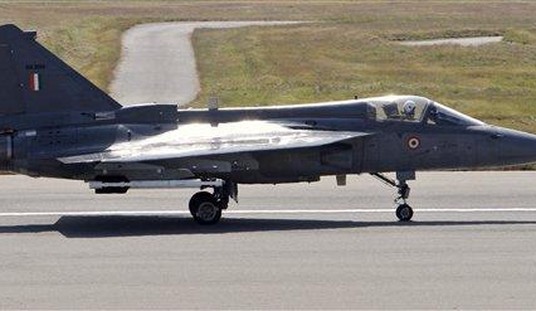An analysis by the Los Angeles Times has determined that California’s plan to construct the first phase of its high speed rail system will come in over budget and won’t meet its self imposed deadline of 2022.
As an extra added bonus, the project will be tunnelling through 36 miles of mountains that are positioned on earthquake faults, some of which haven’t been mapped. The tunnelling is so complex that some geologists don’t think it can be done. And even those who think it doable, are skeptical of the optimistic projections of how long it will take and what it will cost.
Oh, and the state has barely begun planning the dig.
As for the current $68 billion price tag, California residents are going to get nostalgic about that figure when the final cost of the project is revealed.
This long, detailed LA Times article is a fascinating look at how these massive public works projects that look great on paper end up being white elephants. Part arrogance of politicians, part ignorance of bureaucrats, the picture that emerges of the California government is unflattering in the extreme.
The monumental task of building California’s bullet train will require punching 36 miles of tunnels through the geologically complex mountains north of Los Angeles.
Crews will have to cross the tectonic boundary that separates the North American and Pacific plates, boring through a jumble of fractured rock formations and a maze of earthquake faults, some of which are not mapped.
It will be the most ambitious tunneling project in the nation’s history.
State officials say the tunnels will be finished by 2022 — along with 300 miles of track, dozens of bridges or viaducts, high-voltage electrical systems, a maintenance plant and as many as six stations. Doing so will meet a commitment to begin carrying passengers between Burbank and Merced in the first phase of the $68-billion high-speed rail link between Los Angeles and San Francisco.
However, a Times analysis of project documents, as well as interviews with scientists, engineers and construction experts, indicates that the deadline and budget targets will almost certainly be missed — and that the state has underestimated the challenges ahead, particularly completing the tunneling on time.
“It doesn’t strike me as realistic,” said James Monsees, one of the world’s top tunneling experts and an author of the federal manual on highway tunneling. “Faults are notorious for causing trouble.”
What kind of “trouble” will the faults cause?
Once tunneling begins, progress will depend largely on the kind of soil or rock encountered.
Silver, the Caltech geologist, said the San Gabriels’ oldest rocks formed 1.7 billion years ago, 200 miles to the south. They became highly fractured as they were shoved north by movements of the Earth’s crust.
Tunnelers will find that rock types change frequently, creating conditions that are among the most challenging for tunneling.
“If it were one single mass of granite, it would be easy to drill through and provide structural support,” said Silver, who trained the Apollo astronauts in lunar geology and pioneered the dating of the San Gabriel Mountains. “But everything in the arc has been bent, shoved, stretched, compressed and metamorphosed.”
The mountain range lies in a giant crescent between two major faults, the San Gabriel and the San Andreas, which separates the Mojave Desert on the North American tectonic plate from the Los Angeles Basin on the Pacific plate.
Between the two major faults are many secondary faults. Some are vertical strike-slip faults that move laterally, and some are thrust faults that move vertically. Some are horizontal, traveling through the ground at various depths.
“Every one is going to slow things down tremendously,” said Monsees, the former Parsons Brinckerhoff tunnel expert.
This sounds like a boondoggle in the making. Other recent projects are a helpful guide:
The 11-mile East Side Access tunnel in New York City, for example, is 14 years behind schedule, and the tab has grown from $4.3 billion to $10.8 billion. Boston’s 3.5-mile Big Dig was finished in 2007 — nine years behind schedule and at nearly triple the estimated cost.
And neither of those projects had to deal with earthquake faults. Sheesh.
The original, laughable cost projection for high speed rail was $33 billion. It’s now at $68 billion. Perhaps we should start a pool as to when the estimate will top $100 billion?
Given the enormous difficulties ahead, it shouldn’t be too long.










Join the conversation as a VIP Member